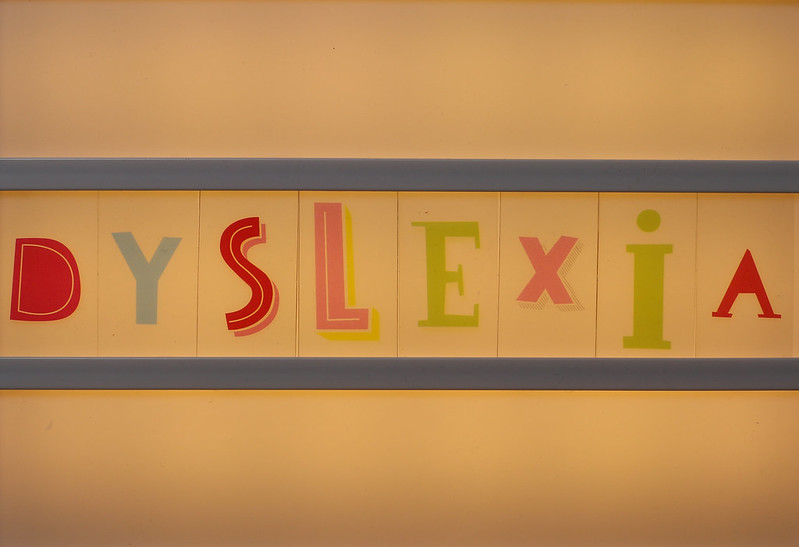We are all stakeholders here because of the cost of dyslexia to society when large numbers are incarcerated with high recidivism.
Since our firm launched our AI program for dyslexia, we’ve been fielding queries from diverse segments of society. One man asked whether his friend could use our web-based program even though he had no Internet access. We suggested various places with free Wi-Fi. The man’s response: his friend was in California State Prison.
Even before this query, our team was already exploring a prison pilot. The prevalence of dyslexia, a reading difficulty, is high in the general population, at 1 in 5 people. The prevalence of dyslexia is even higher in the prison population, at about 1 in 2.
Some quarters talk about the “school-to-prison pipeline”: the harsh discipline tactics used in schools, such as suspensions, that push students out of the classroom and into the criminal justice system. These policies and practices hurt students with disabilities even more, especially learning disabilities such as dyslexia. A disproportionate number of children with disabilities end up in juvenile detention centers. Racial disparities are amplified here as well. A government report found that 1 in 11 white students with disabilities were suspended versus about 1 in 4 black students.
The typical juvenile inmate in the U.S. is at the 9th grade level by age but reads at the 4th grade level. The average prison inmate has not attended school beyond 10th grade and cannot achieve above a 7th grade level academically. Data from the National Institute for Literacy show that 43% of people with the lowest literacy skills live in poverty and that 70% of them have no full- or part-time employment. In the field of criminal justice, literacy deficits are widely accepted to be a major cause of crime.
When we put all these facts together, the solution is clear: stop the problem at its source. Now, computing technology has advanced to the point that AI can correct dyslexia to enable struggling schoolchildren to read on grade level.

For incarcerated adults with dyslexia, AI is also the solution. Our team designed a dyslexia program that uses autonomous AI technology to get these advantages:
- No implementation cost – the user only needs to log in to this plug-and-play program in the cloud
- No human resource – this game-based program does not require teachers to give instruction or supervise game sessions
- Privacy – the struggling reader only interacts with the computer system
- Low cost – the program costs less than 10% of current spending on special education per pupil
- Scalability – the program can serve millions all at once
Prisons present a unique challenge due to Internet access restrictions on inmates. But this problem is solvable. The bigger challenge is getting authorities to make this happen. We are all stakeholders here because of the cost of dyslexia to society when large numbers are incarcerated with high recidivism.


Join the conversation!